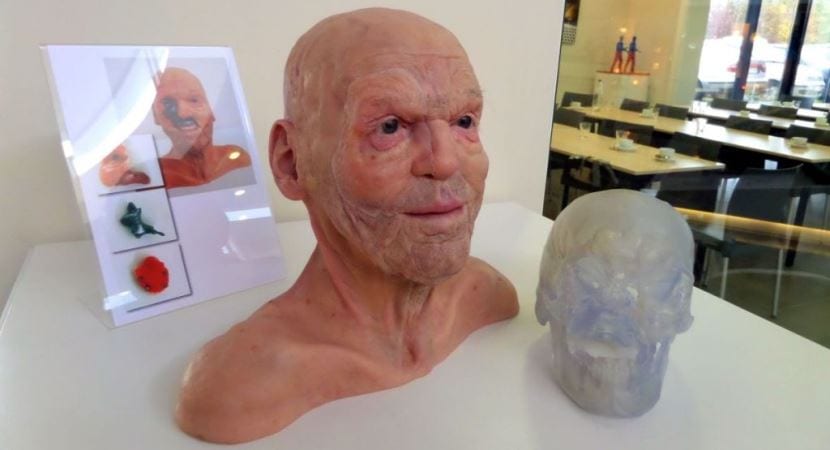
We have to go back to the year 1895 to know the birth by mistake of what we know today as X-rays and all its enormous contribution to the field of medicine, both to better understand the human body and to help with possible diagnoses.
Specifically, its discovery originated when Wilhelm Rontgen, a brilliant German physicist, was working on research related to the electric discharge process in dilute gas. Just at that moment he suddenly came across a new type of rays, seeing at that very moment the enormous power they could have for the medical field, not in vain, thanks to these new rays, he could see the inside of a living body.
Many are the people who already think that 3D printing can be considered a technology capable of revolutionizing current medicine.
After this, many are the relevant people within the sector who have already called 3D printing a technology capable of changing the medical world like X-rays at the time. For now, the truth is that there is still a lot of work to be done, especially to understand in which areas in particular the use and introduction of 3D printing can be truly interesting and in which not.
Attending to the doctor's statements Frank rybicki, Chief of Medical Imaging at the Ottawa Hospital and Professor and Chair of Radiology at the University of Ottawa:
Having a 3D printing program puts medical imaging at the center of the international radiology stage. 3D printing is the fastest growing technology in the medical sector today, with multidisciplinary opportunities.
The evolution of 3D printing is very similar to MRI 15 years ago, when I completed my residency, where the technology had to catch up. Now, technology can meet medical needs with enormous opportunities.